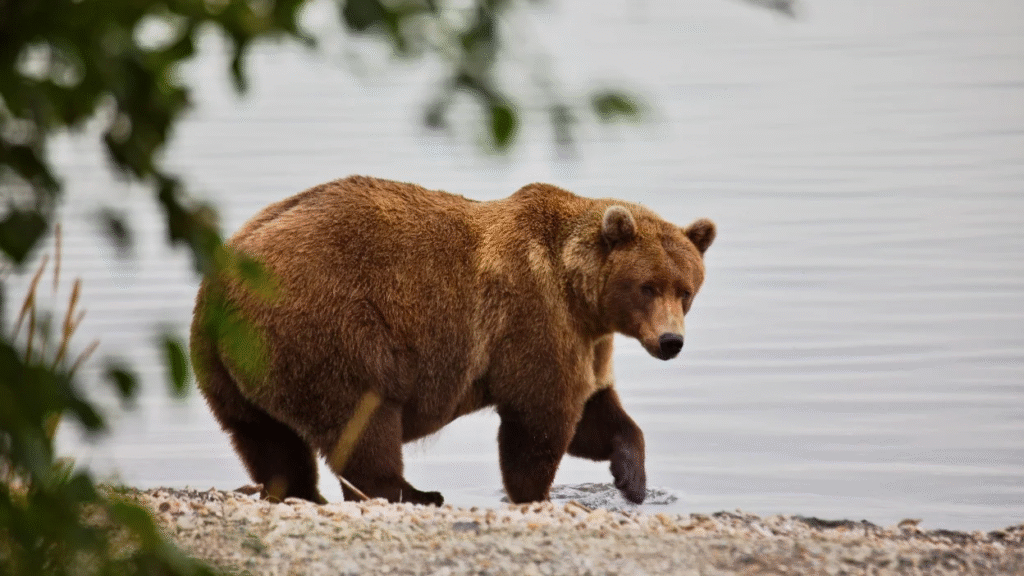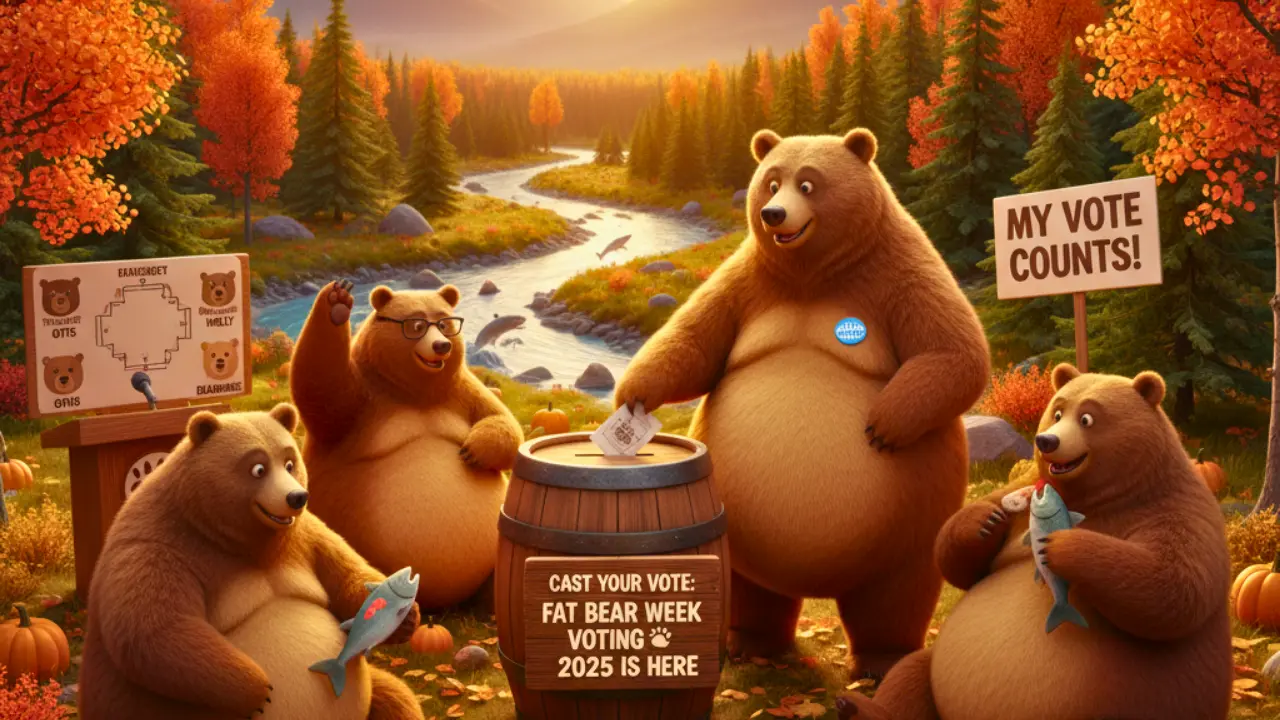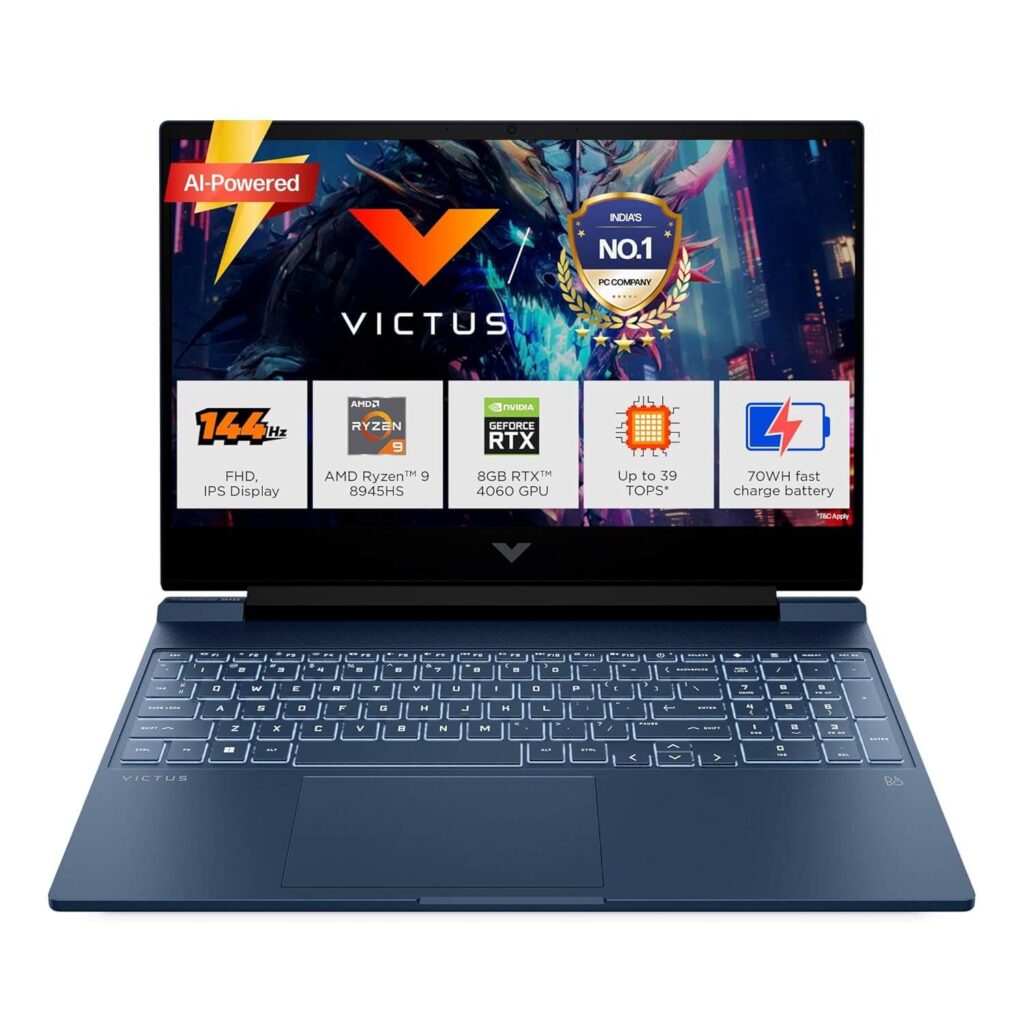Imagine a competition where the contestants are celebrated not for being sleek and fast, but for being, well, fat. This isn’t a jest; it’s the core of the annual global phenomenon known as Fat Bear Week Voting 2025. Hosted by Katmai National Park and Preserve in Alaska, this bracket-style tournament celebrates the resilience and survival skills of its brown bears as they gorge on sockeye salmon to prepare for a long, cold hibernation.
If you’re not already an aficionado, let’s get you hooked. This event is more than just a light-hearted popularity contest; it’s a powerful and engaging educational tool. A bear’s success in packing on the pounds directly correlates to its ability to survive the winter. To put it in perspective, a healthy Katmai brown bear can lose up to a third of its body weight during the hibernation period.
The fitter (read: fatter) the bear, the better its chance of waking up to spring. For the 2025 competition, the bears have had an exceptional salmon run, with observers noting the bears are “as fat as I’ve ever seen them,” thanks to the abundant feast. This high-stakes reality is what makes Fat Bear Week voting so compelling.
Your Guide to Fat Bear Week Voting 2025
Ready to participate in the biggest (literally) wildlife competition on the planet? Here’s everything you need to know about the voting process for Fat Bear Week 2025, which is organized by the National Park Service and Explore.org.
The Official Schedule and Where to Vote
The excitement of Fat Bear Week Voting 2025 runs from September 23rd through September 30th. It operates as a single-elimination tournament, similar to a college basketball bracket, where bears face off head-to-head in daily matchups.
- Bracket Reveal: The full bracket of contenders is revealed on September 22nd.
- Voting Window: Voting for each daily matchup is typically open from 12:00 PM to 9:00 PM Eastern Time.
- The Final Round: The champion is crowned on the final day, September 30th.
To cast your vote, you simply need to visit the official event website, FatBearWeek.org. There is no sign-up or registration required, which makes participation incredibly easy and accessible to a global audience. The event has become a massive international sensation, with over one million votes cast in the previous year from more than 100 countries.
How to Judge the Contenders
Voting isn’t just about picking the biggest bear—it’s about choosing the most successful bear in terms of weight gain since spring. You can’t put a 1,200-pound male on a scale, so judges and voters rely on visual evidence.
- Before and After Photos: The competition provides a visual side-by-side comparison of each bear in the spring (slim) and the late summer/fall (fat).
- Bear Biographies: Each bear has a detailed biography that highlights its challenges, fishing techniques, and success throughout the season. For example, in the 2025 bracket, Bear 32, Chunk, a massive male, made headlines for quickly adapting his eating techniques despite sustaining a broken jaw earlier in the year—a compelling story of resilience!
- Live Bear Cams: Explore.org offers a suite of live webcams at Brooks River. Watching the bears fish and interact provides a real-time, visceral understanding of their dominance and feeding prowess.
Beyond the Bracket: The Value of Fat Bear Week
The jovial atmosphere of Fat Bear Week voting belies its serious conservation message. This event is a crucial platform for educating the public on the delicate yet robust ecosystem of Katmai National Park and the vital importance of the sockeye salmon run.
Also Read: What is Blackpool Zoo? Latest News and More
A Testament to a Healthy Ecosystem
The fatness of these bears is a direct reflection of the health of their environment. The abundant sockeye salmon run in the Bristol Bay watershed, which feeds the bears of Brooks River, is one of the largest and healthiest wild salmon runs left on the planet.
- Keystone Species: Brown bears are a keystone species. Their presence and health are indicators of the overall health of the entire ecosystem.
- The Salmon Link: Bears eat enormous amounts of salmon—up to 40 salmon in a single day during a feeding frenzy known as hyperphagia—transporting marine-derived nutrients from the salmon into the surrounding forests via their droppings, which fertilizes the land.
Lessons in Survival and Resilience
The individual stories of the bears offer valuable insights into animal behavior and natural selection. Defending two-time champion, Bear 128 “Grazer,” is an incredible example. As the first mother bear to win, her story showcases the extreme dedication required to not only bulk up herself but also to successfully raise cubs in a competitive environment.

Her continued success proves her adaptability and formidable fishing skills, making her a fan favorite in the Fat Bear Week voting circles.
The Strategy of Success: What Makes a Champion?
While all the bears are winners for surviving, what separates a good bear from a champion of Fat Bear Week Voting 2025? It often comes down to a few key factors:
- Size and Dominance: Larger, more dominant bears often have access to the best fishing spots, like the lip of Brooks Falls, allowing them to expend less energy for more calorie reward.
- The “Glow Up”: Voters love a dramatic transformation. Bears who appear noticeably thin in the spring and then balloon to gargantuan size by September often gain a lot of momentum.
- The Narrative: Bears with compelling backstories—like a veteran bear overcoming an injury, a successful first-time mother, or a newcomer rising through the ranks—often capture the public’s imagination and votes.
Making Your Vote Count
Fat Bear Week Voting 2025 is a joyous celebration of nature’s bounty and the incredible lives of Alaska’s brown bears. Every vote cast is a small, fun step toward global engagement in conservation.
It’s your chance to pick the bear that you believe has best embodied the spirit of winter preparation. Will you back a massive, dominant male like Chunk, a resilient mother like Grazer, or a dark horse newcomer?
Don’t miss out on the fun—visit FatBearWeek.org between September 23rd and 30th to check the bracket, track the competition, and cast your essential vote. Follow the action daily and help crown the fattest, most successful bear of 2025!
FAQs
1. Is Fat Bear Week actually good for the bears?
Absolutely. The event itself does not interfere with the bears’ natural behavior. It serves as a highly effective conservation campaign, driving millions of people to learn about the Katmai ecosystem and the critical need to protect the wild sockeye salmon runs. The National Park Service uses it as a teaching moment.
2. How do I watch the bears of Fat Bear Week?
You can watch the bears live at Brooks River 24/7 during the summer and fall via the free webcams provided by Explore.org. They offer multiple vantage points, including the famous Brooks Falls where the best fishing takes place.
3. Who won Fat Bear Week last year (2024)?
Grazer (Bear 128) won the Fat Bear Week championship in 2024 (and 2023), making her the first mother bear to win back-to-back titles. She is known for her assertive disposition and excellent survival skills.
4. Where exactly is Fat Bear Week held?
The bears in the competition are all brown bears that fish along the Brooks River in the heart of Katmai National Park and Preserve in Alaska, USA. This area is famous for its dense population of brown bears.
5. Can I visit Katmai National Park to see the bears?
Yes, but permits and planning are essential as the Brooks Camp area has restricted visitor capacity to protect both people and bears. Visiting requires flying into King Salmon, AK, and then taking a float plane or boat to the park. For detailed visitor information, you should consult the official National Park Service Katmai website.

















